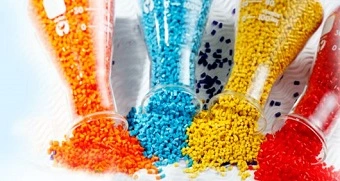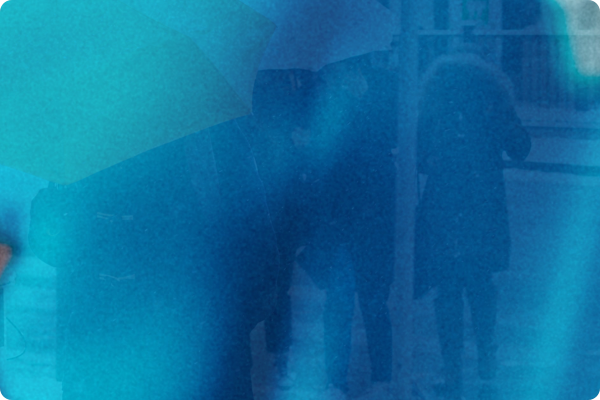From Windshields to Solar Panels: The Soaring Demand for Polyvinyl Butyral
23 Sep 2024 • by Natalie Aster

Polyvinyl butyral (PVB) has emerged as a critical material in multiple industries due to its unique properties, including transparency, flexibility, adhesion, and toughness. These attributes make PVB an essential component in several high-growth applications, fueling market expansion.
Automotive Industry: Enhancing Safety & Aesthetics
The automotive industry is a prominent consumer of PVB, primarily for the production of laminated safety glass, where it provides enhanced safety by holding glass shards together in the case of breakage, diminishing the risk of injury. This property is crucial for side windows, windshields, and sunroofs, where safety is paramount.
In addition to safety, PVB is used in acoustic windshields to lower noise levels in the vehicle cabin. The material's excellent sound-damping properties help to create a quieter and more comfortable driving experience. As the demand for quieter vehicles elevates among consumers, the use of PVB in acoustic windshields is expected to increase, further bolstering market growth.
Building & Construction: Innovating Safety & Design
In the building and construction field, PVB is pivotal in architectural glass applications. PVB interlayers are used in laminated glass for doors, windows, skylights, and facades. These interlayers boost the structural integrity of the glass, ensure security against break-ins, and offer protection against harsh weather conditions. The surging trend towards modern, aesthetically pleasing, and secure buildings has amplified the demand for PVB in this sector.
PVB also contributes to energy efficiency in buildings. By incorporating PVB interlayers, manufacturers can produce insulated glass units (IGUs) that improve thermal insulation, minimize heat transfer, and enhance energy efficiency. This application aligns with the growing focus on sustainable construction practices and energy-saving measures, propelling the PVB market forward.
Solar Energy: Advancing Clean Solutions
The renewable energy industry, particularly solar energy, has seen a surge in PVB applications. PVB is used as an encapsulant in photovoltaic (PV) modules, protecting the solar cells from mechanical damage and environmental factors. The material's excellent adhesion and durability guarantee the longevity and efficiency of solar panels. As the global focus on renewable energy intensifies, the demand for PVB in solar applications is set to rise considerably.
Aerospace Industry: Prioritizing Safety & Performance
In the aerospace industry, PVB is utilized in the production of aircraft windows. The safety and durability of PVB-laminated glass make it ideal for this high-stress environment, where it can withstand substantial pressure changes and impacts. The upturn in air travel along with the expansion of the aerospace sector contributes to the growing use of PVB in this industry.
Electronics: Enhancing Durability & Functionality
The electronics sector leverages PVB in the manufacture of display panels and touchscreens. PVB's transparency and adhesion qualities make it suitable for protecting electronic displays from scratches, impacts, and environmental damage. This application is particularly relevant for smartphones, tablets, and other portable devices, where screen durability is a key consumer concern.
Art Conservation: Protecting Cultural Heritage
Art conservation is another niche but important application of PVB. In museums and galleries, PVB-laminated glass is employed to protect valuable artifacts and artworks. The material offers UV protection, reducing the risk of light-induced damage, and its shatter-resistant properties help safeguard exhibits from accidental breakage. This end-use underscores the versatility of PVB and its role in preserving cultural heritage.
Final Thoughts & Future Projections
The PVB market is slated for continued growth, spurred by ongoing innovations and technological advancements. Researchers and manufacturers are exploring new formulations and applications for PVB, expanding its utility across various industries. Enhanced properties, such as improved UV resistance and enhanced durability, are expected to open new avenues for PVB usage.
Sustainability is a critical focus in the PVB market. Efforts to recycle PVB from end-of-life laminated glass are gaining traction, aiming to reduce environmental impact and promote circular economy practices. The development and introduction of eco-friendly PVB alternatives and sustainable production processes will further influence market dynamics.
From automotive safety glass to architectural innovations, solar energy solutions, aerospace components, electronic displays, and art conservation, PVB's special properties render it indispensable. As industries continue to innovate and prioritize safety, sustainability, and performance, the demand for PVB is poised to follow an upward trajectory, underlining its vital role in modern manufacturing and technology.
Product Details:
Polyvinyl butyral Market Research Report 2024
Published: July 2024
Pages: 50
Market Publishers boasts a rich collection of insightful research studies covering the chemicals and petrochemicals market, find it in the Chemicals & Petrochemicals Market Reports Catalogue.
CONTACTS
The Market Publishers, Ltd.
Natalie Aster
Tel: +357 96 030922
[email protected]
MarketPublishers.com
Analytics & News
